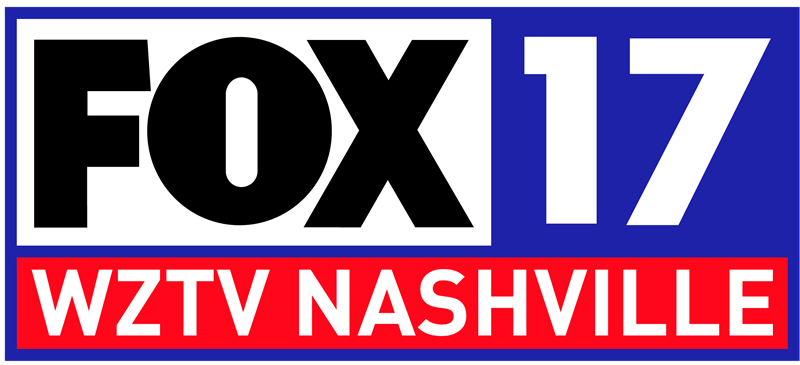
1. These are requested earmarks – so Tennessee could get less than what Congress members asked for. How much are we talking about and what projects would it fund?
A These earmarks — often called pork-barrel spending — are federal funding designated by Congress members for pet projects on their districts. They were banned for a decade due to abuse, and only recently returned in 2021.
Congress members across the state requested $432 million in earmarks for 90 projects.
But Tennessee’s two Republican Senators Marsha Blackburn and Bill Hagerty didn’t request earmarks, same as the year before — neither did Congressmen Andy Ogles or Mark Green.
So almost all the requested earmarks are for elsewhere in the state.
Congressman John Rose’s district includes a small portion of Nashville and he asked for one $40 million earmark for Metro Nashville — for the East Bank Development, 6 million square feet of new development, a performing arts center, new housing and the new Titans stadium.
2. How does this compare to previous spending?
A: The $432 million was requested this year for 90 projects is not that much more than Tennessee got last year, $361 million over 67 earmarks.
Most of that last year went to one massive project — $237 million to the Army Corps of Engineers project to rebuild the Chickamauga navigation lock, or dam, on the Tennessee River in Hamilton County. The original lock was built in 1940 and needs to be rebuilt.
Like this year’s request for only one earmark for Nashville, last year Nashville only got one earmark, again because most of the representatives in Congress didn’t ask for earmarks.
Two years ago, then Congressman Jim Cooper got numerous earmarks totaling $18 million for Nashville, for buildings on higher ed campuses, homeless veterans and health equipment and more.
But after the 2020 Census, the lines of the 5th congressional district were redrawn as three districts, for Andy Ogles, John Rose and Mark Green — and two of the three no longer ask for earmarks.
Keep in mind - these are just earmarks, these entities still get other federal funding throughout the year, so there’s lot of money being spread around and it’s all borrowed against our $35 trillion national debt.